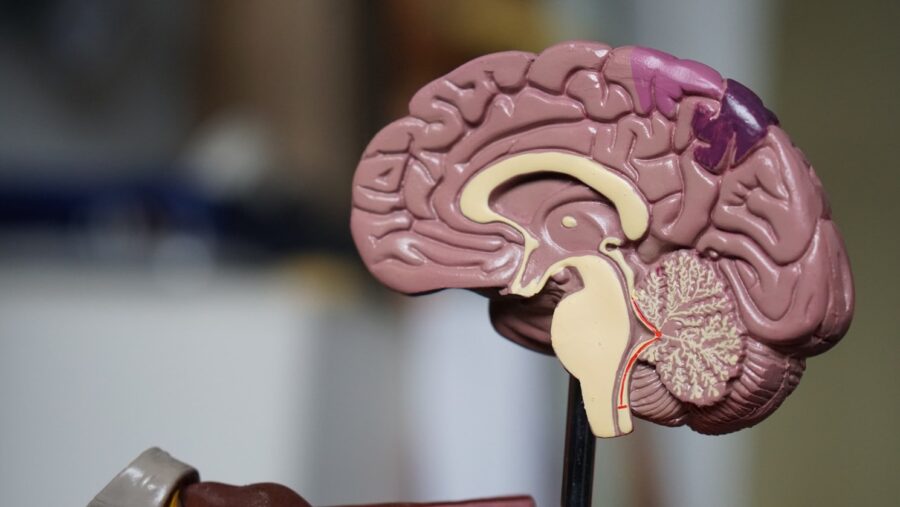The term wet brain or wet brain syndrome refers to two distinct but related conditions: Wernicke encephalopathy and Korsakoff’s psychosis. Wernicke-Korsakoff syndrome refers to the combination of the two diseases.
Wernicke-Korsakoff syndrome is a form of dementia or cognitive impairment induced by thiamine, or vitamin B1 deficiency. In case to define wet brain, it is the Thiamine is required for the proper functioning of all tissues in the body. Furthermore, thiamine does not occur naturally in the body. After ingestion, it is instead stored in the liver.
Other causes might contribute to thiamine deficiency. It is most often associated with alcohol misuse. It is usual for persons dealing with alcohol addiction to fail to consume a proper, healthy diet. Furthermore, excessive alcohol intake may impair the body’s capacity to properly utilize and retain thiamine.
Furthermore, if alcohol irritates a person’s stomach, it may cause vomiting or lack of appetite, which are two further ways for the body’s thiamine stores to be depleted.
Stages of the Wet Brain
Wet brain usually manifests itself in two stages: Wernicke’s encephalopathy and Korsakoff’s psychosis. Most patients who acquire wet brain have Wernicke’s encephalopathy before Korsakoff’s psychosis.
Wernicke’s Encephalopathy – Encephalopathy is a term used to describe any disease that affects the structure or function of the brain. This typically refers to brain haemorrhage in Wernicke’s encephalopathy.
Psychosis in Korsakoff
This wet brain stage lasts much longer than Wernicke’s encephalopathy. According to research, 80-90 percent of alcoholics with Wernicke’s encephalopathy advance to the Korsakoff’s psychosis phase.
These physical changes in the brain might have an effect on other parts of the body as well. A person in the Korsakoff’s psychosis stage of the wet brain, for example, may begin to feel tachycardia or a faster heartbeat. They may also experience issues with their central nervous system and extremities, such as their hands and feet.













